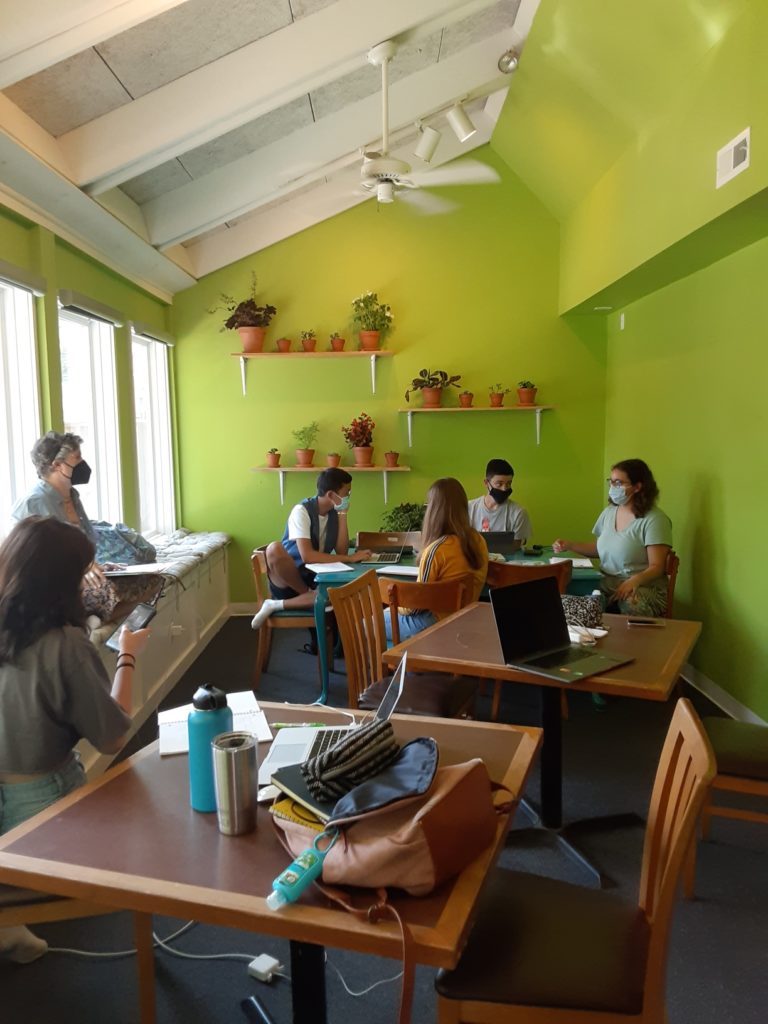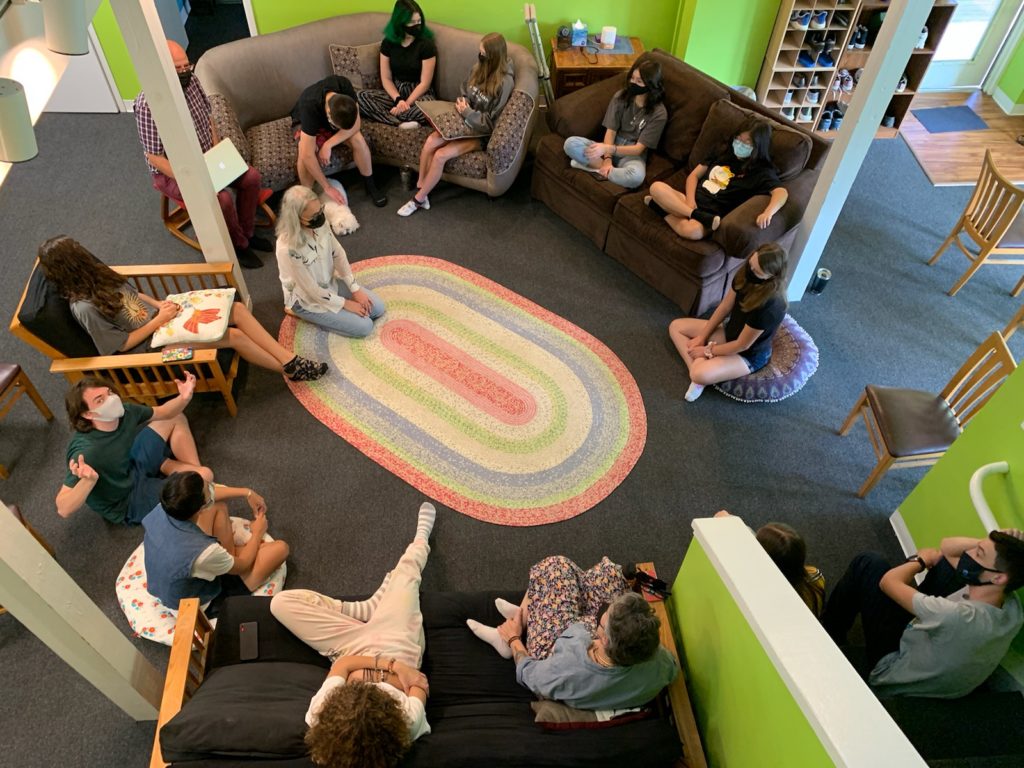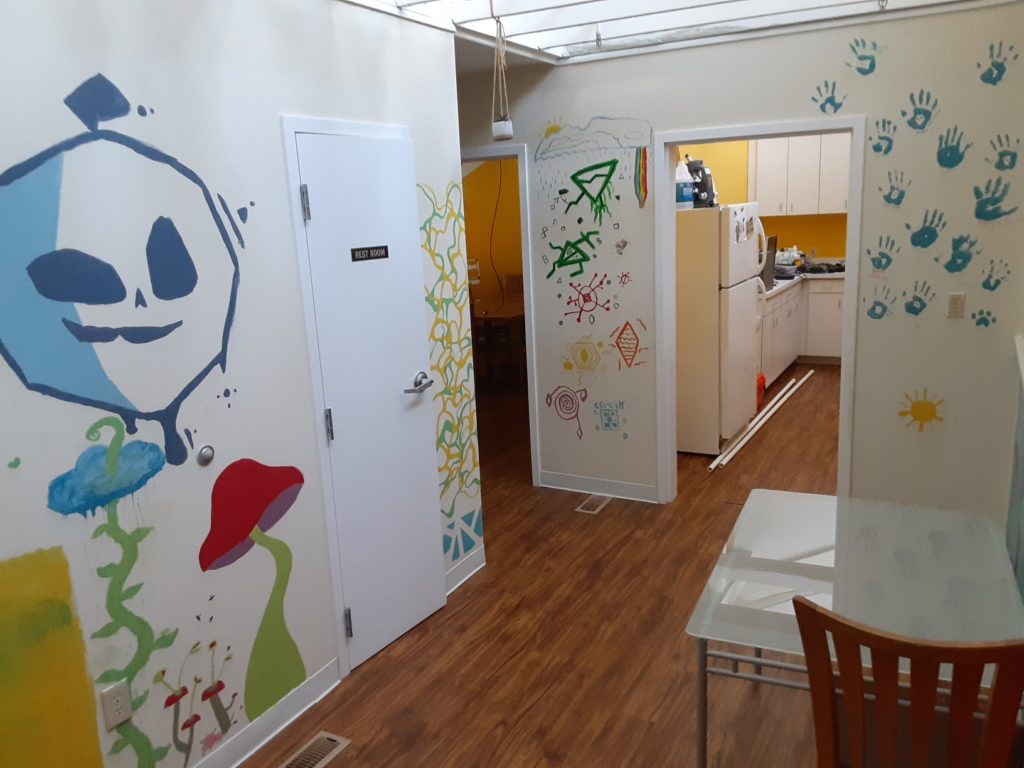Like in every Fall, we kicked off the new school year with our traditional orientation days. There was a special excitement this time. We were coming back to our beautiful space after a year and a half of being forced outside due to COVID-19.
In my mind, the orientation days are maybe the most important time in our annual school cycle. Roadstead’s orientation is quite different from what one might expect in conventional schools: rules, rules, rules, rules, you must do to a, b, c….. you are forbidden to do x, y, z…. class timetable….exam dates…more rules and things that you must or forbidden to do….
Well, we do things a bit differently. We have a class schedule and we have rules. They are necessary for everyone. But these are not what creates a school orientation. What we do every year is a three day process, in which we build our school community, both physically and socially.
The academic school year begins on the following Monday.
We opened the orientation with a short introduction and icebreaking meeting. Afterwards we moved all the furniture in school (except the piano, maybe). We, humans, tend to get attached to our order of things. We forget that any particular order only serves a particular social purpose. It is not a natural given.
High schoolers go through a dramatic metamorphosis. They turn from children into adults. Ambivalence is the common way to relate to this lifechanging drama. As much as highschoolers welcome adult power they also feel a strnog need to protect their child privileges. One of the ways to express ambivalence is to seek being comfortable in their physical and social order of their environment, but to resist taking an owner responsibility over it.
Moving the furniture was a symbolic act of erasing the old physical order. In a way we pushed the students to the water. We forced them to take adult ownership. They will feel comfortable if they use their power to set up the school space according to their liking.
As always, there was a look of confusion on the students’ faces when the old order turned into a mess. This was the moment when the students realized that interior organization was humanmade and not a natural given. And that it was bound by time. The layout of the furniture in school was nothing but an empty shell of a community that existed until the pandemic.
The disarray of furniture could not evolve into a new organization as long as the memory of the old one was still fresh. Usually, the students start with trying to reconstruct the past over and over again. Memories of the past vanished by the end of the first orientation day. After lunchtime, the students felt ready to reorient their imagination from the past to the future. They unleashed their creativity and tried out many possible layouts of the furniture in the space. By the second orientation day we had a new space that looked nothing like the previous ones.
The new order always has a pattern. One year the pattern was imaginary rooms within one big office suite, another year the students wanted to feel together, another year all the furniture pieces related to each other with diagonals, one year they took an initiative to draw images they liked on the walls.
This year, the students created a few internal divisions of the space customized for different sorts of interactions.

The first is a set up of a college-style cafe

The second is a set up for a school-wide communal meetings

The third are rooms for individual work and small group meetings.

The forth is a corridor for artistic self-expressions.

At the bottom line, the specific interior organization of the physical space is secondary to the essential process that takes place during the orientation days. The students start it as individuals and complete it as a community. They create their togetherness by preparing the environment in which they are going to spend the coming school year. Work cooperation evolves spontaneously. The division lines between newcomers and returning students get erased. Friendships start to emerge.
Within a few weeks the students already treat the new layout as most natural as if it has been with us forever. However they do not forget that they built it by themselves. They own it.